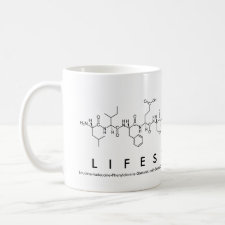
Authors: Huang YC, Lin CC, Liu CY
Article Title: Preparation and evaluation of molecularly imprinted polymers based on 9-ethyladenine for the recognition of nucleotide bases in capillary electrochromatography.
Publication date: 2004
Journal: Electrophoresis
Volume: 25
Issue: (4-5)
Page numbers: 554-561.
DOI: 10.1002/elps.200305735
Abstract: A molecularly imprinted polymer (MIP) comprising 9-ethyladenine was polymerized in situ inside the capillary for the electrochromatographic separation of nucleotide bases. The capillary wall was first functionalized with 3- trimethoxysilylpropyl methacrylate (10% v/v) and 1,1-diphenyl- 2-picrylhydrazyl (0.01% w/v) in toluene. Following this treatment, the capillary was filled with acetonitrile containing 9-ethyladenine, methacrylic acid, ethylene glycol dimethacrylate, and initiator. After polymerization, the MIP was shrunk into a film against the inner wall of the capillary with the syringe pump. The template was then removed with methanol under nitrogen flow. For evaluation the feasibility of the MIP column for the separation of nucleotide bases, some parameters including the pH, concentration of the background electrolyte, the applied voltage as well as the effect of organic modifier were studied. The migration behavior of nucleotide bases on the MIP column was also compared with that on the bare fused-silica column. The results indicated that the MIP columns demonstrated better recognition properties at a pH range of 6-8. The efficiency (plates/m) at pH 8 for the nonimprinted analyte was 75300 for cytosine, 50200 for thymine, and 14800 for guanine. However, the efficiency for the imprinted analyte, adenine, was quite low. This was evidenced by the broad peak, yielding only 2600 plates/m



Join the Society for Molecular Imprinting

New items RSS feed
Sign-up for e-mail updates:
Choose between receiving an occasional newsletter or more frequent e-mail alerts.
Click here to go to the sign-up page.
Is your name elemental or peptidic? Enter your name and find out by clicking either of the buttons below!
Other products you may like:
 MIPdatabase
MIPdatabase









